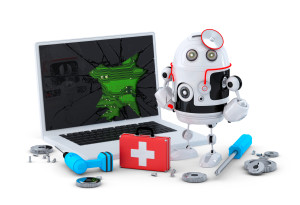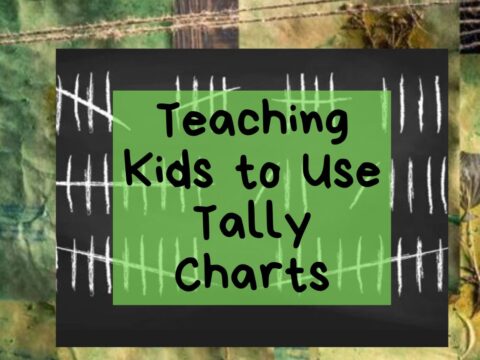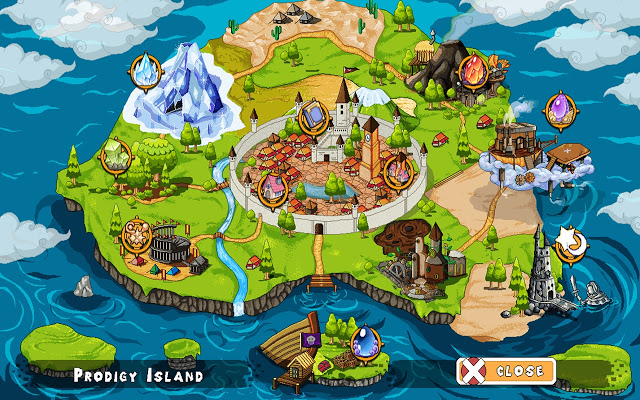 I’ve had a lot of questions in the last few months about STEM (Science-Technology-Engineering-Math) in the classroom. Ask a Tech Teacher contributor, Sara Stringer, has a great article that will help demystify this topic:
I’ve had a lot of questions in the last few months about STEM (Science-Technology-Engineering-Math) in the classroom. Ask a Tech Teacher contributor, Sara Stringer, has a great article that will help demystify this topic:
STEM is the acronym for Science, Technology, Engineering, and Mathematics, and covers an immense range of subject areas. Across the nation, STEM is of the greatest significance due to the function these particular topic areas perform along with the extraordinary influence they possess at many levels of society.
Scientific research thrives off the exploration of chemistry and biology, in addition to climatic initiatives such as sustainable and nuclear power. It is hard to come across an area of contemporary society not connected to these themes in some way.
Labs Lost to Educational Rigidity
Businesses such as Pacific BioStorage specialize in providing support to pharmaceutical companies, universities, federal research labs, and hospitals across the nation. The niche has grown in response to the needs of the laboratory industry.
Redefining the lab tasks that high schoolers conduct can be a significantly helpful response to the lack of interest in science in some schools. Revamping lab work can raise the affinity for scientific investigation and learning.
High school lab studies typically concentrate on solely the scientific method. A scientific, logical progression of procedures brings the student to the findings and engages them. Illustrating the complexities and logistics of science and research is a stronger approach to bringing students into the scientific community.
Given that a great many of these STEM business sectors link themselves to our federal and state governments to some degree, it is safe to assert that our country depends on them to keep running. Schools across the nation are making an effort to develop a more robust curriculum based in these subject areas.
Connecting Science to Everyday Life
Whenever a scientifically based topic reveals itself without a relevant framework, it will lose steam. Any inquisitiveness a student has will drop off quickly. Providing effective, hands-on demonstrations of the importance of science and technology in a student’s life goes a long way. Science is behind the development of many of their traditional electronics, such as their cell phones, tablets, and gaming interests.
 Expose Students to New Opportunities
Expose Students to New Opportunities
Providing opportunities that encourage students to explore STEM areas of inquiry may peak their curiosity. These possibilities are often the motivation needed to keep learners enthusiastic about science and technology.
Incorporate Technology
Often it is quite difficult to generate enthusiasm in young people regarding scientific disciplines when all you have is a textbook as a resource. Today’s students are highly literate when it comes to consumer electronics. Apply for grants or funds to bring science stations and labs, iPads and computer systems into your classroom to keep students involved.
Learners today are tomorrow’s innovators. Employment opportunities in STEM-related occupations are many of the most rapidly expanding and best compensated. Most of these positions frequently hold the probability of extensive career development. While our country aims to meet the present and estimated future interest in STEM performances, it is vital that we continue aggressively to promote the complexities of science and research industry.
Cultivate the curiosity innate in students by reinforcing their authentic inquisitiveness and linking science to their daily routines. Assist students in acquiring a more profound comprehension of scientific research. With innovation, exploration and new chances provided, our students have the possibility in front of them to flourish, beyond school and into their future careers.
Bio: Sara Stringer is a former medical and surgical assistant who now does freelance business consulting. She enjoys blogging and helping others. In her spare time (translation: the time spent doing what’s most important), she enjoys soaking up the sunshine with her husband and two kids.
More on science and engineering classes:
Lesson plan on bridge building
The Maker Movement In Education
Jacqui Murray has been teaching K-8 technology for 15 years. She is the editor/author of over a hundred tech ed resources including a K-8 technology curriculum, K-8 keyboard curriculum, K-8 Digital Citizenship curriculum. She is an adjunct professor in tech ed, CSG Master Teacher, webmaster for six blogs, an Amazon Vine Voice book reviewer, Editorial Review Board member for Journal for Computing Teachers, CAEP reviewer, CSTA presentation reviewer, freelance journalist on tech ed topics, and a weekly contributor to TeachHUB. You can find her resources at Structured Learning.




































To make education better, A platform is created. CareerVictor is a platform where you will get the details about different kinds of Skills, Talents, Hobbies & Opportunities. People can learn the things that they love.